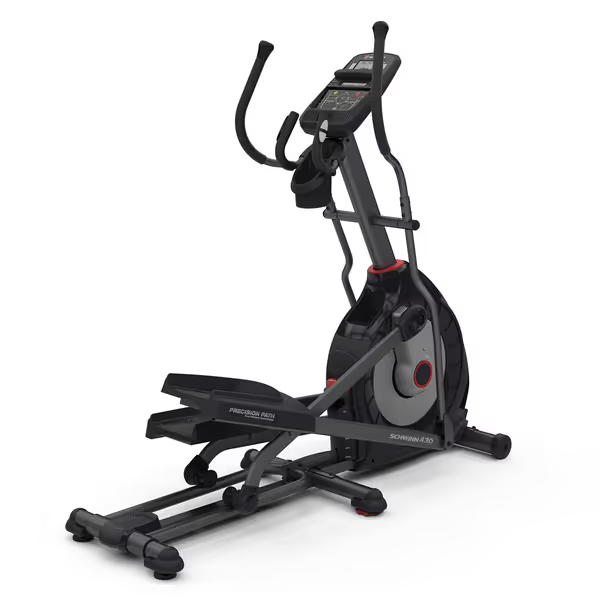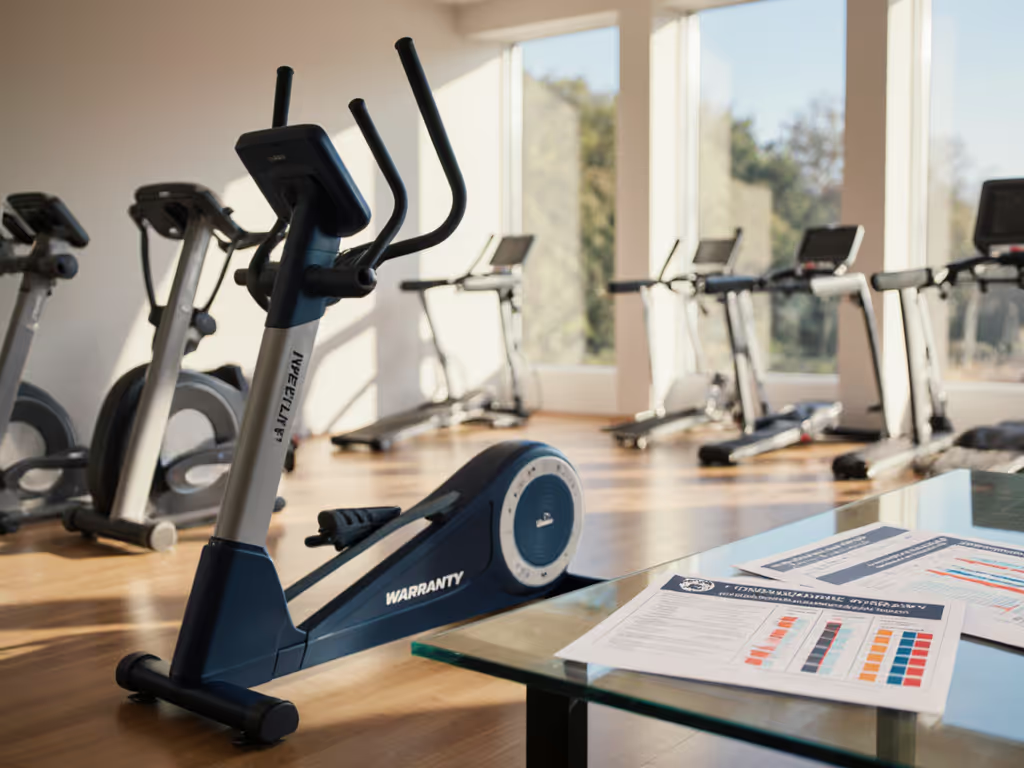
Magnetic vs Air Resistance: Your Quiet Home Workout Solution

Finding the right elliptical trainer starts with understanding how resistance systems impact your daily routine. Magnetic resistance ellipticals use magnets positioned near a flywheel, offering adjustable intensity via electronic controls or manual knobs. Air resistance models rely on fan blades that create resistance proportional to your pedaling speed (faster movement means more resistance). This core difference shapes everything from noise levels to maintenance needs in your home gym setup. For a broader overview of elliptical machine types, see our guide.
How Resistance Systems Shape Your Workout Experience
Operational mechanics comparison
Resistance systems define your machine's feel and functionality:
| Feature | Magnetic Resistance | Air Resistance |
|---|---|---|
| Noise Level | Whisper-quiet operation | Louder with increased speed |
| Resistance Adjustment | Precise electronic/magnetic control | Speed-dependent self-adjustment |
| Space Requirements | Compact footprint suitable for apartments | Typically larger footprint |
| Safety | Fully enclosed mechanism | Exposed moving fan parts |
| Maintenance | Minimal (no friction components) | Fan/bearing upkeep required |
Magnetic systems excel in quiet operation due to non-contact resistance generation. Higher-end electromagnetic models function silently, while manual magnetic versions emit slight sounds only during resistance adjustments. Air resistance inherently creates noise as air rushes through fan blades, and pedaling intensity directly impacts volume. If you need apartment-friendly picks, see our quiet compact ellipticals under $1,000.
Space and safety considerations
For compact living situations, magnetic ellipticals typically feature smaller footprints and eliminate pinching hazards. Their enclosed mechanisms prevent contact with moving parts, which is crucial for households with children or pets. Air models require clearance for air intake and exhaust, and they present finger-entrapment risks near exposed fans.
Matching Resistance Types to Your Lifestyle
Apartment/condo living
Magnetic resistance emerges as the definitive solution for shared-wall environments. Users report successful integration in bedrooms or home offices without disturbing household members, a critical advantage over air resistance's unavoidable noise signature.
Maintenance and durability factors
With no friction-based components, magnetic systems demand minimal upkeep beyond occasional cleaning. Air resistance models require regular fan and bearing checks, increasing long-term ownership complexity. This durability difference makes magnetic options ideal for time-constrained users seeking hassle-free equipment. Already own a machine? Follow our elliptical maintenance guide to keep it quiet and smooth.
Workout experience differences
Magnetic ellipticals provide smoother movement transitions through controlled resistance increments, reducing joint strain during intensity changes. Air resistance creates nonlinear resistance curves that may challenge biomechanical consistency, potentially problematic for joint-conscious users.
Practical Implementation: The Schwinn 430 Case Study
The Schwinn 430 exemplifies magnetic benefits for home use:

Schwinn Fitness Elliptical Machine
Its 20-inch stride accommodates different user heights while maintaining compact dimensions (70"L x 28"W), ideal for spatial constraints. With 20 magnetic resistance levels and manual incline adjustments, it supports progressive training without disrupting household tranquility. To ensure smooth performance, understand why flywheel weight matters.
Your Decision Framework
Evaluate these factors when choosing:
- Noise sensitivity: Prioritize magnetic if your workout space shares walls
- Household composition: Opt for magnetic with children/pets due to enclosed mechanisms
- Maintenance tolerance: Magnetic requires less technical upkeep
- Footprint constraints: Magnetic systems typically offer space-efficient designs
- Workout consistency needs: Magnetic provides predictable resistance progression
Your Actionable Next Step
Measure your available workout area (including ceiling height and clearance zones), then test noise tolerance levels in your space. For apartment-friendly magnetic options like the Schwinn 430, verify stride length and step-up height compatibility using manufacturer specifications before purchase.




